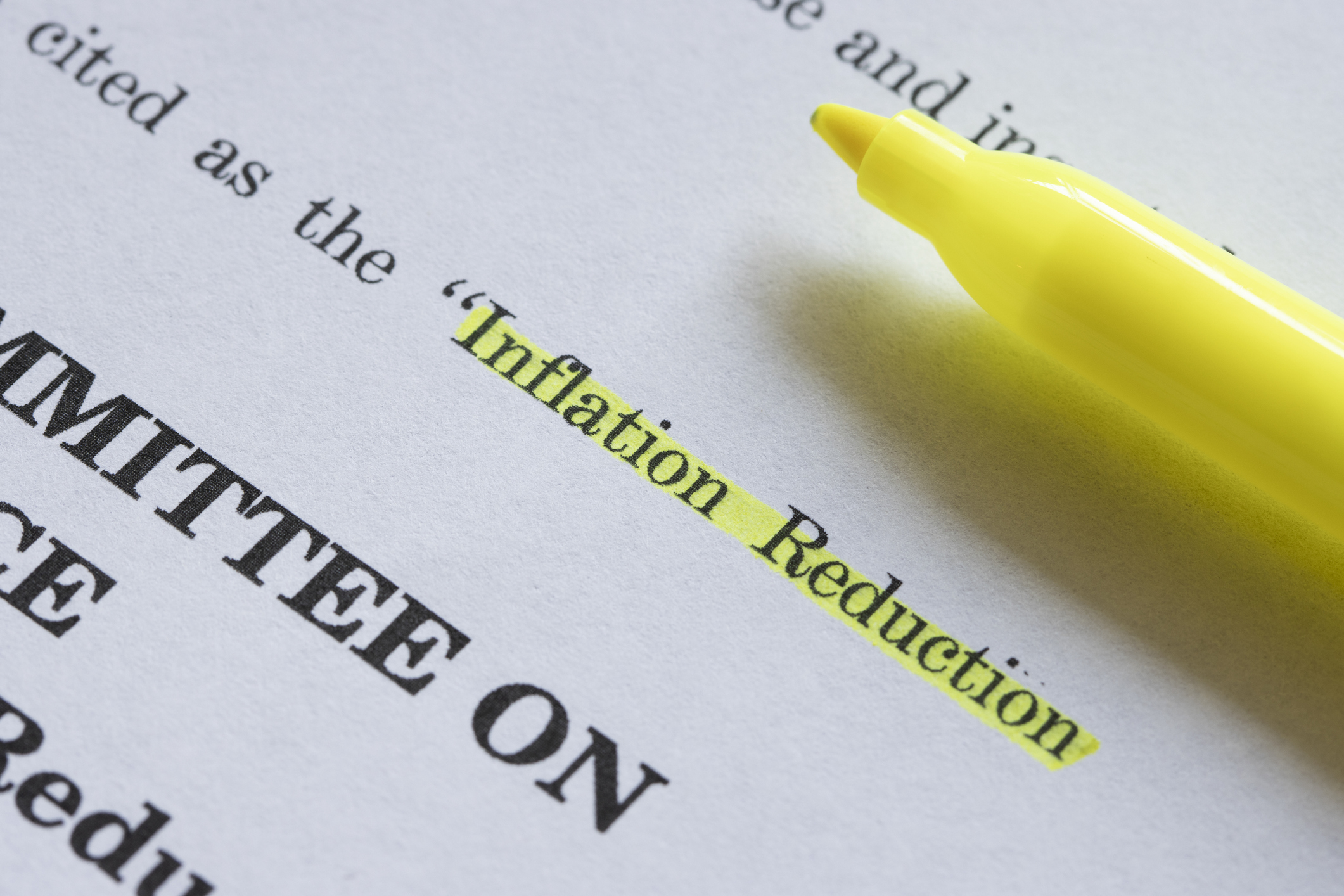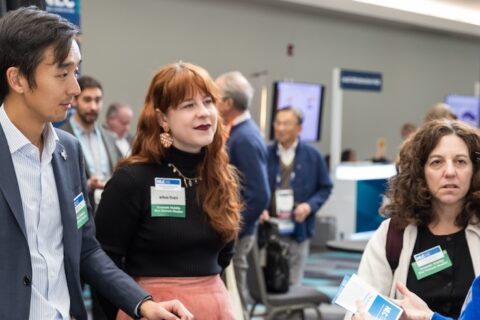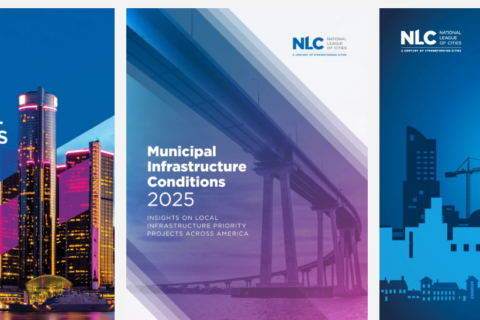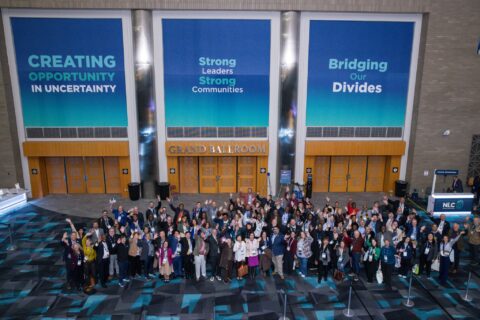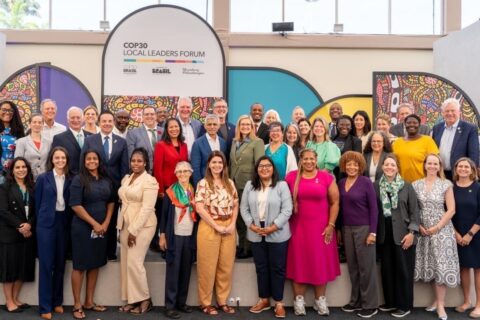Co-authored by Emily Brock, Director of the Federal Liaison Center, Government Finance Officers Association (GFOA)
The elective pay provision under the Inflation Reduction Act (IRA) encourages cities, towns and villages —as well as other public entities—to invest in clean and renewable energy projects in their communities. But unlike grants, which have been the tried-and-true funding mechanism in the federal-local partnership, this is instead an “elective payment” program.
For the first time, local governments are eligible to take advantage of new and expanded tax credits for their local clean energy projects and investments. Together the National League of Cities (NLC) and the Government Finance Officers Association (GFOA) are gearing up to see great success in the program.
It’s important that cities, towns and villages have internal controls in place to file the tax information to receive the elective payment. One of the most critical elements for a city, town or village to file for elective payment is to understand the importance of timing.
A new brief from GFOA and NLC summarizes five key steps in the filing process and provides information that may help local leaders approach and eventually successfully execute your city’s Inflation Reduction Act elective payment.
Download the brief here.
Step 1: Pick a tax year
All cities that plan to claim an elective payment must file their 990-T claiming the elective payment by the 15th day of the fifth month after the end of their tax filing year. Treasury has afforded cities the option to select the calendar year or their fiscal year as the tax year (if the city’s fiscal year is different than the calendar year).
Step 2: Prefiling registration
Once your city has selected its tax year, the next step in the process is to “prefile” your intention to file your city’s income taxes via a form 990-T. This step should be done well in advance of the tax filing deadline.
Step 3: IRS issues registration number
While many cities have successfully prefiled, only a few registration numbers have been awarded by the IRS to date, mostly due to errors in prefiling. Be patient and make sure the lead person doing the filing for your city monitors their email.
Step 4: File your 990-T
While the 990-T is the main tax form that must be filed, it is fed by a reconciling Form 3800, which collects all eligible elective payment activities from a variety of other forms depending on the type of project.
Step 5: Receive the elective payment
The IRS FAQs suggest that it may take approximately 45 days to receive the elective payment back to your community, however as this is the first year of the tax credit, there is no empirical evidence of any true amount of time.
Download the brief for additional tips, information and resources for local leaders to prepare your community to pursue the elective payment option for clean energy projects.
With the automatic six-month filing extension that Treasury granted for first time filers, for local governments choosing to file by calendar year, the deadline to submit the tax forms is Nov. 15, 2024. In addition to this new resource from NLC and GFOA, below are additional resources from our organizations to support your efforts to claim elective payment for local clean energy projects:
Resources: National League of Cities
- Final Municipal Tax Credit Regulations Present Opportunities for Clean Energy Projects
- Resources to Make Deploying Tax Credits for Clean Energy Projects in Small and Rural Communities Easier
- How IRA Elective Pay is Helping Cities Meet Climate Action Plans
- Webinar recording: How Cities Can Take Advantage of Direct Pay (Jan. 25)
Resources: Government Finance Officers Association
- Webinar recording: Inflation Reduction Act Elective Pay: Learn How to Claim & Receive Payment and slides (April 18)
- Lighthouse Cohort Partner Resources
- Demystifying the Elective Pay Filing Process (PDF)
If you have best practices to add or if you have any additional questions, we are happy to assist you in your path to successful filing and receipt of the Inflation Reduction Act’s elective payment program.
Share Your Story
Local leaders can let their Members of Congress know the clean energy projects planned in their community and how the recent tax bill changes will impact the viability of those projects.
